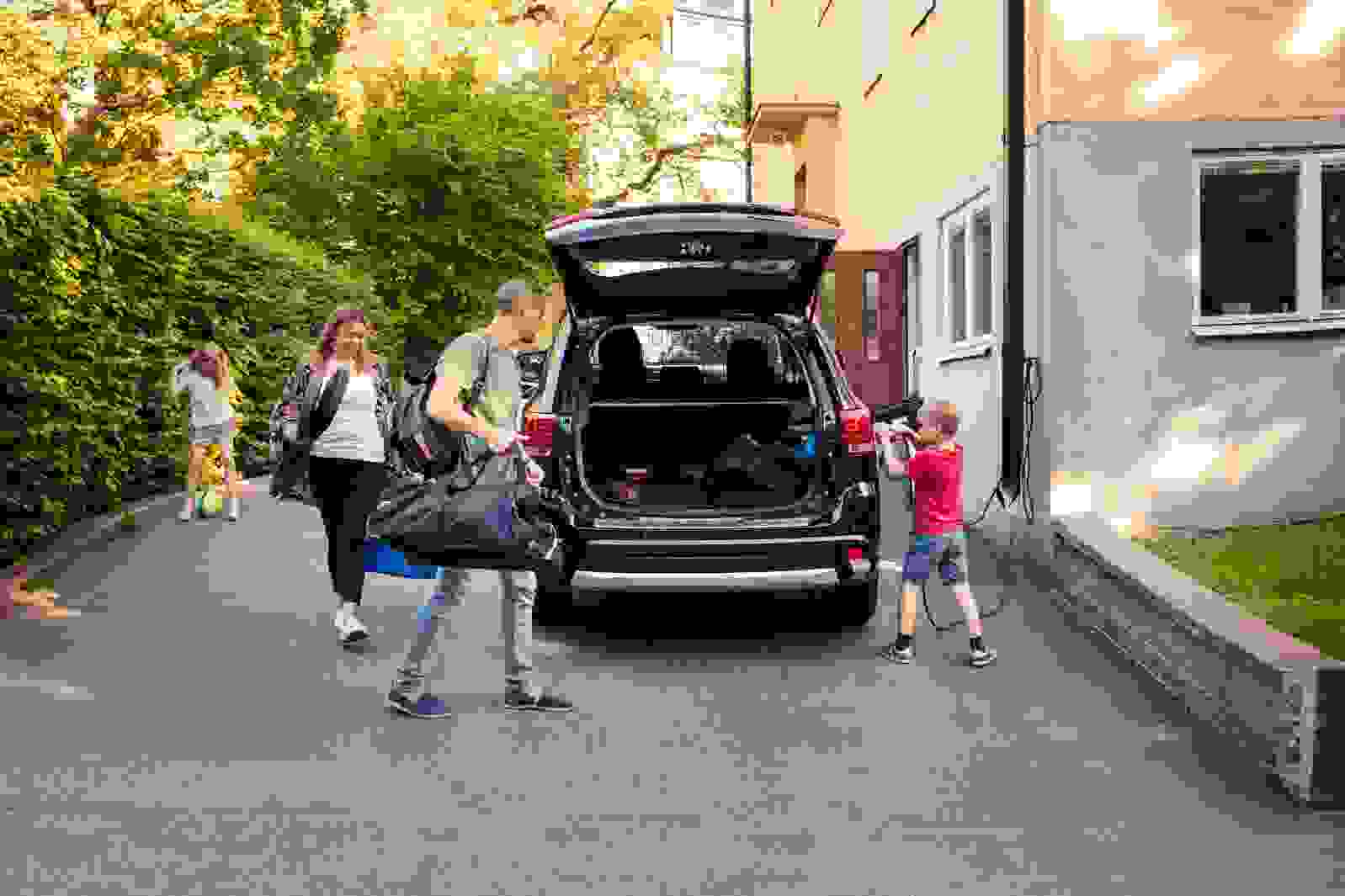Whether you’re buying your first starter house or just moved into the forever home of your dreams, homeowners insurance is an essential purchase. Home insurance provides financial coverage for physical damage to your home’s structure and interior—this is also known as Coverage A and B (main dwelling and other structures).
But that’s just the beginning. A typical policy also includes:
- Coverage C: Personal property inside your home, such as clothing and furniture
- Coverage D: Additional living expenses (ALE), such as hotel or rental accommodations when you’re forced out of your home for repairs
- Coverage E: Personal liability coverage against lawsuits filed by others
Your homeowners insurance will cover damage caused by specific named perils, such as fire, theft, or vandalism. While the perils covered by your policy may vary, you’ll only be able to file a claim for damages associated with covered perils.
The three levels of homeowners insurance coverage
The protection your homeowners insurance policy offers depends on the level of coverage you select. In general, there are three basic levels of coverage: actual cash value, replacement cost, and extended replacement cost/value. Let’s take a closer look at each.
Actual cash value
If you opt for actual cash value (ACV) coverage, your policy will only cover the cost of your house and belongings minus depreciation. In other words, ACV insurance covers what your home and property are currently worth—not necessarily what you paid for them originally, or the full cost to replace or repair them.
Replacement cost
A more robust alternative to ACV coverage is replacement cost value (RCV) coverage, which covers the full replacement cost of your home and property without a deduction for depreciation. In general, the calculation of replacement cost is based on the original price you paid.
Extended replacement cost
Also known as guaranteed replacement value, this type of coverage is the most comprehensive protection you can buy for your home. Simply put, extended replacement cost coverage will cover whatever it costs to replace or repair your home, up to 20–25% above your policy limit.
Paying for guaranteed replacement value means higher premiums, but it will account for market fluctuations and insulate you from some of the uncertainty involved in insuring and maintaining a home.
No matter which level of coverage you choose,
Jerry
can help you find the rate that works best for your budget! In just 45 seconds, Jerry will search for competitive quotes from our dozens of partners and show you rates that fit your needs. Still have some questions?
Let Jerry help you find the answers
What are the four packages of homeowners insurance?
The four major coverages included in most common homeowners insurance policies are dwelling coverage, personal property coverage, liability protection, and additional living expenses (ALE) coverage (also known as loss of use coverage). However, it’s possible to add additional coverage, including coverage for other structures such as fences and sheds, or medical payments coverage.
Do I pay homeowners insurance at closing?
Typically, mortgage lenders will require you to buy a homeowners insurance policy before closing. Although the exact timing varies, you can expect to need home insurance at least a few days prior to your closing date, or as much as two weeks before. Experts recommend shopping for insurance at least one month before closing so you don’t miss that deadline.
Is homeowners insurance based on property value?
Homeowners insurance is related to your home’s property value, but it’s not always a direct correlation. More expensive homes, larger homes, and older homes tend to have higher insurance premiums, but your home’s resale value doesn’t necessarily correspond to the amount you’ll pay to insure it.
